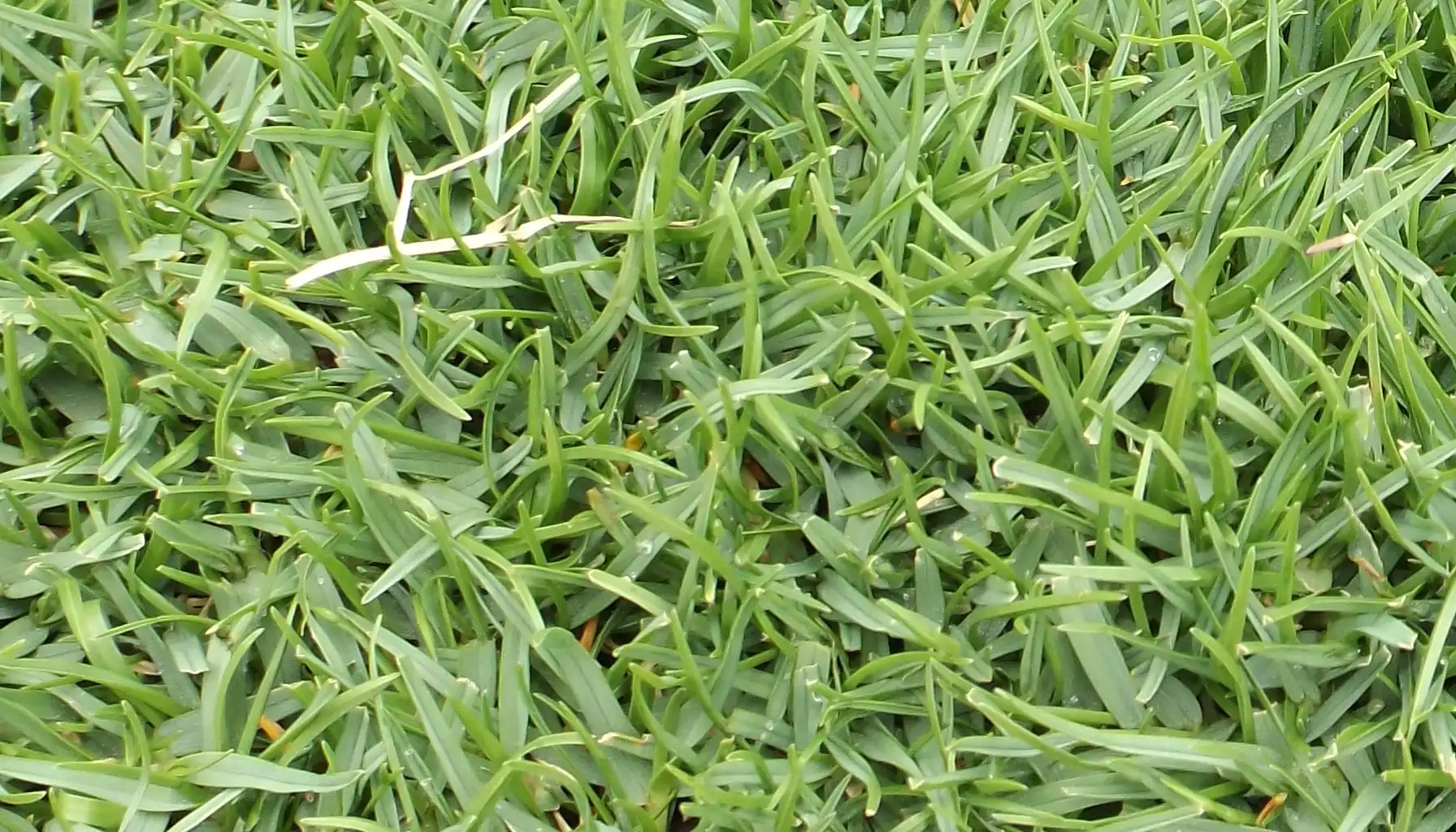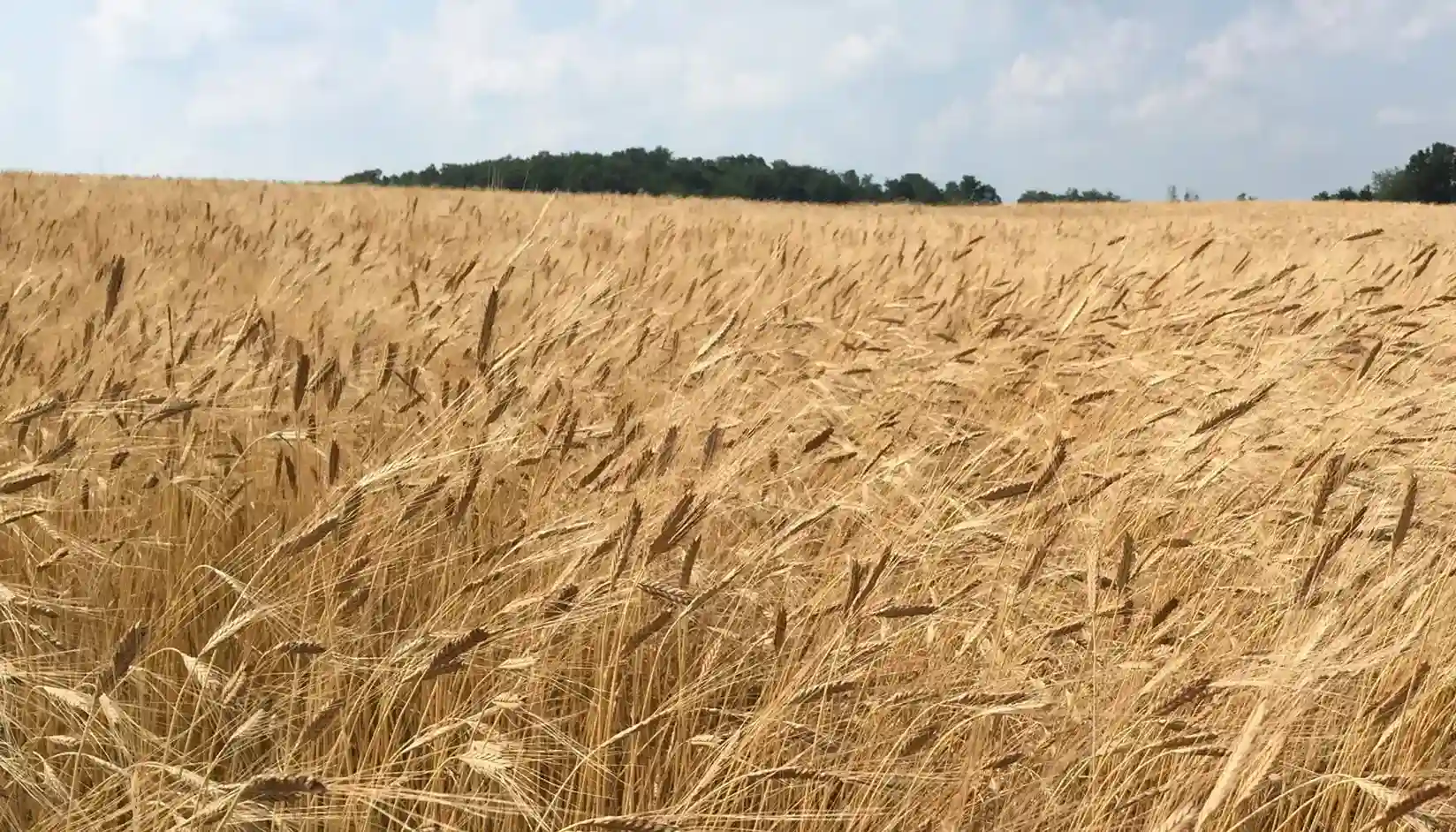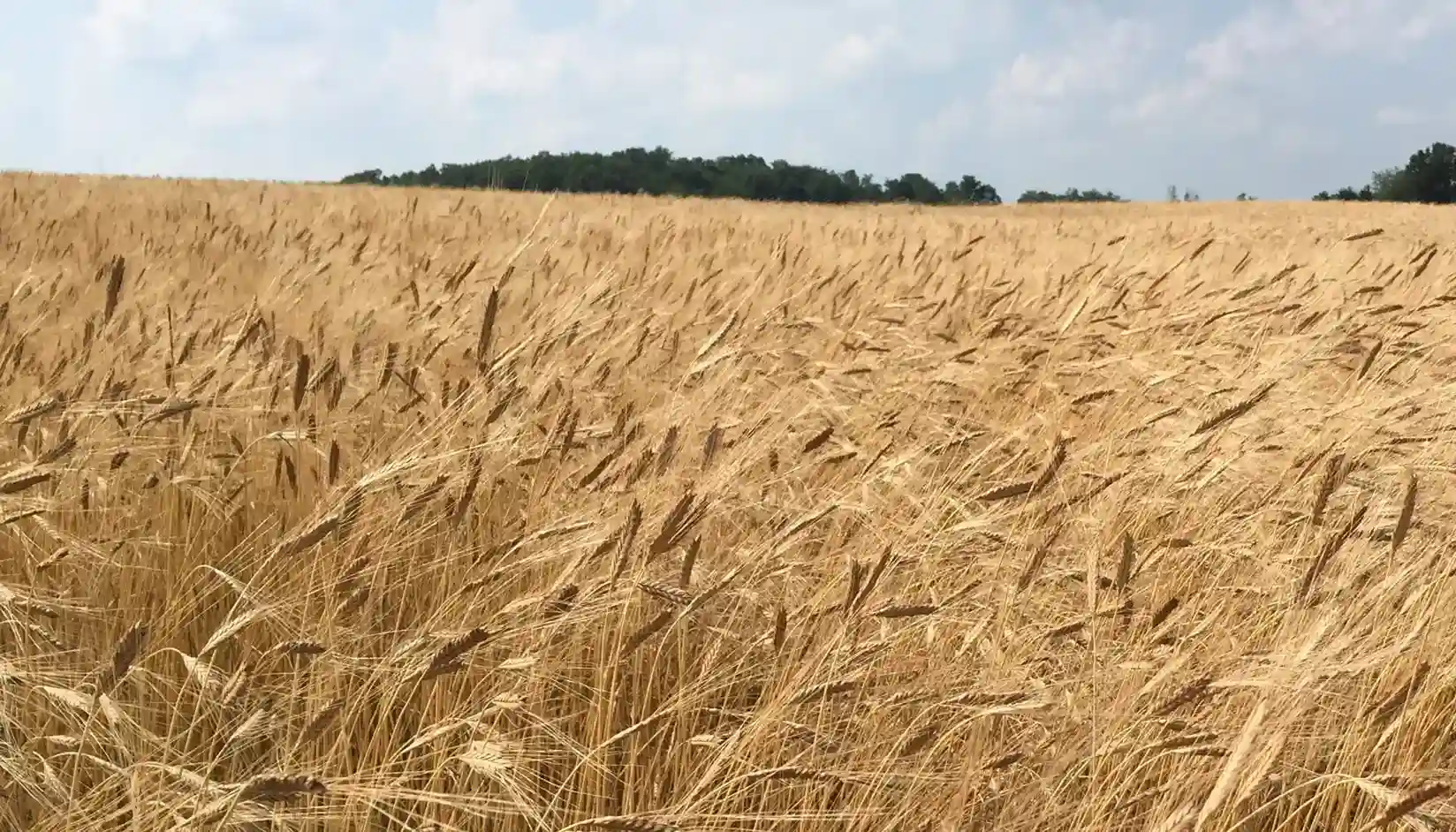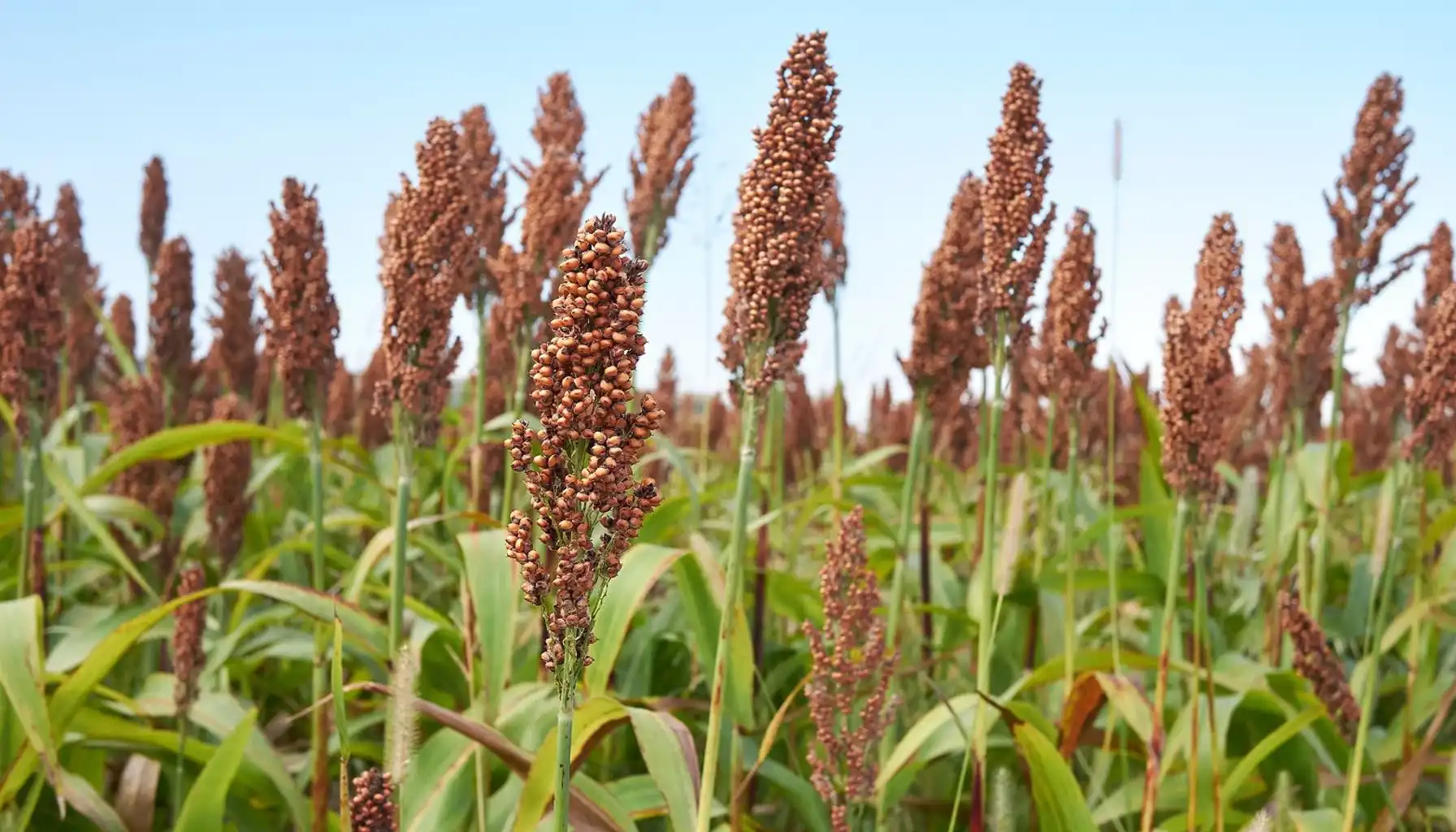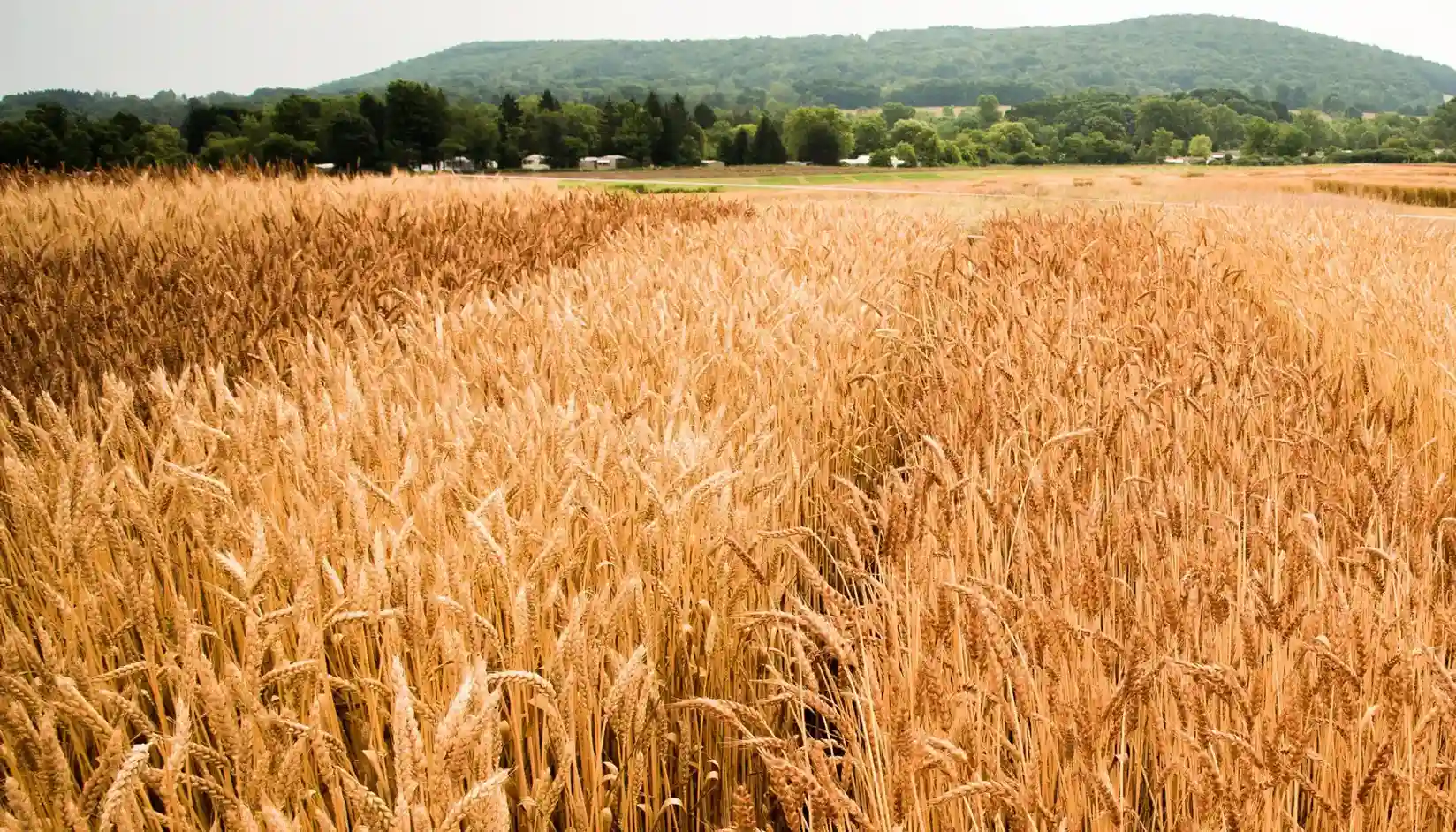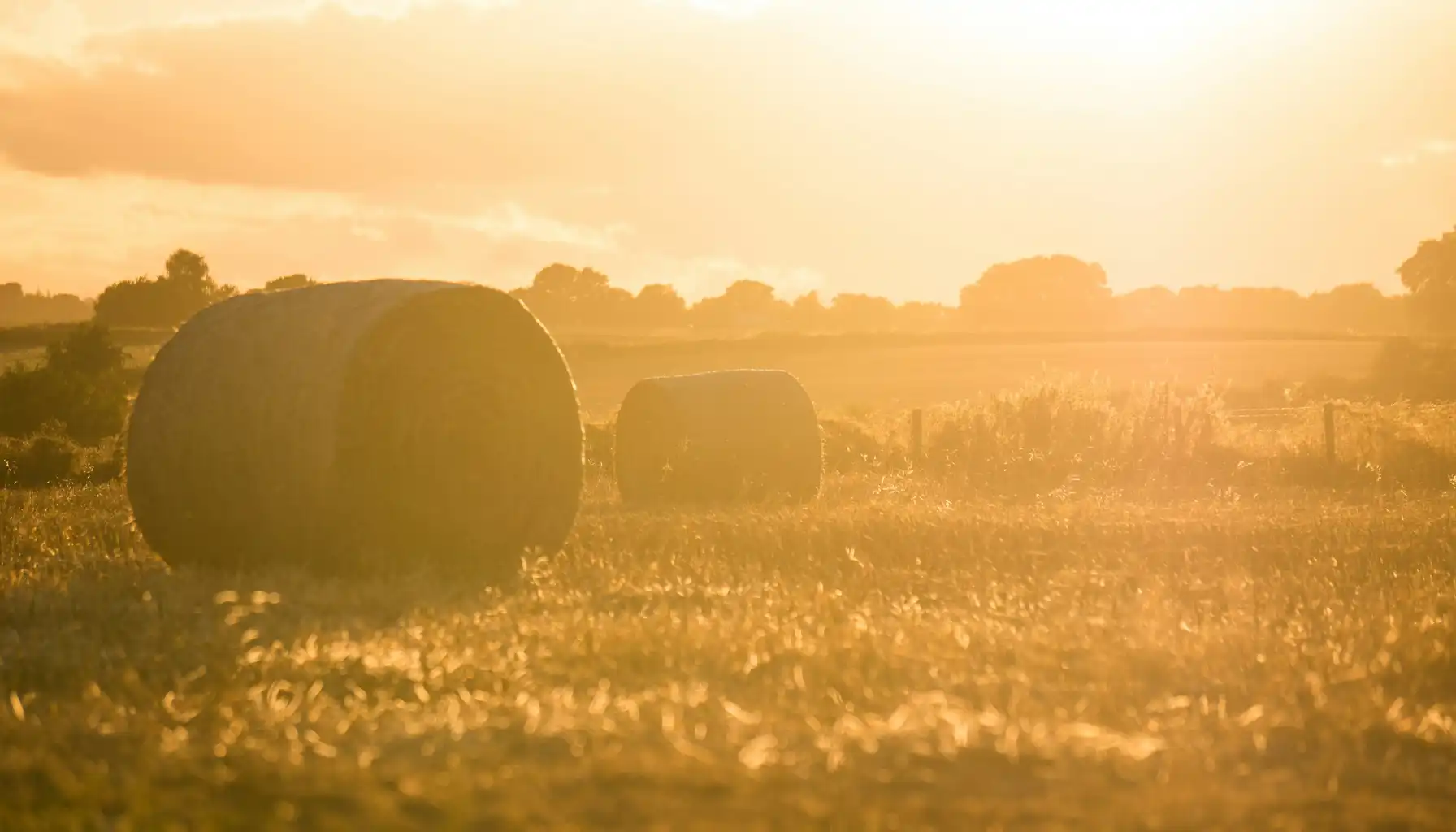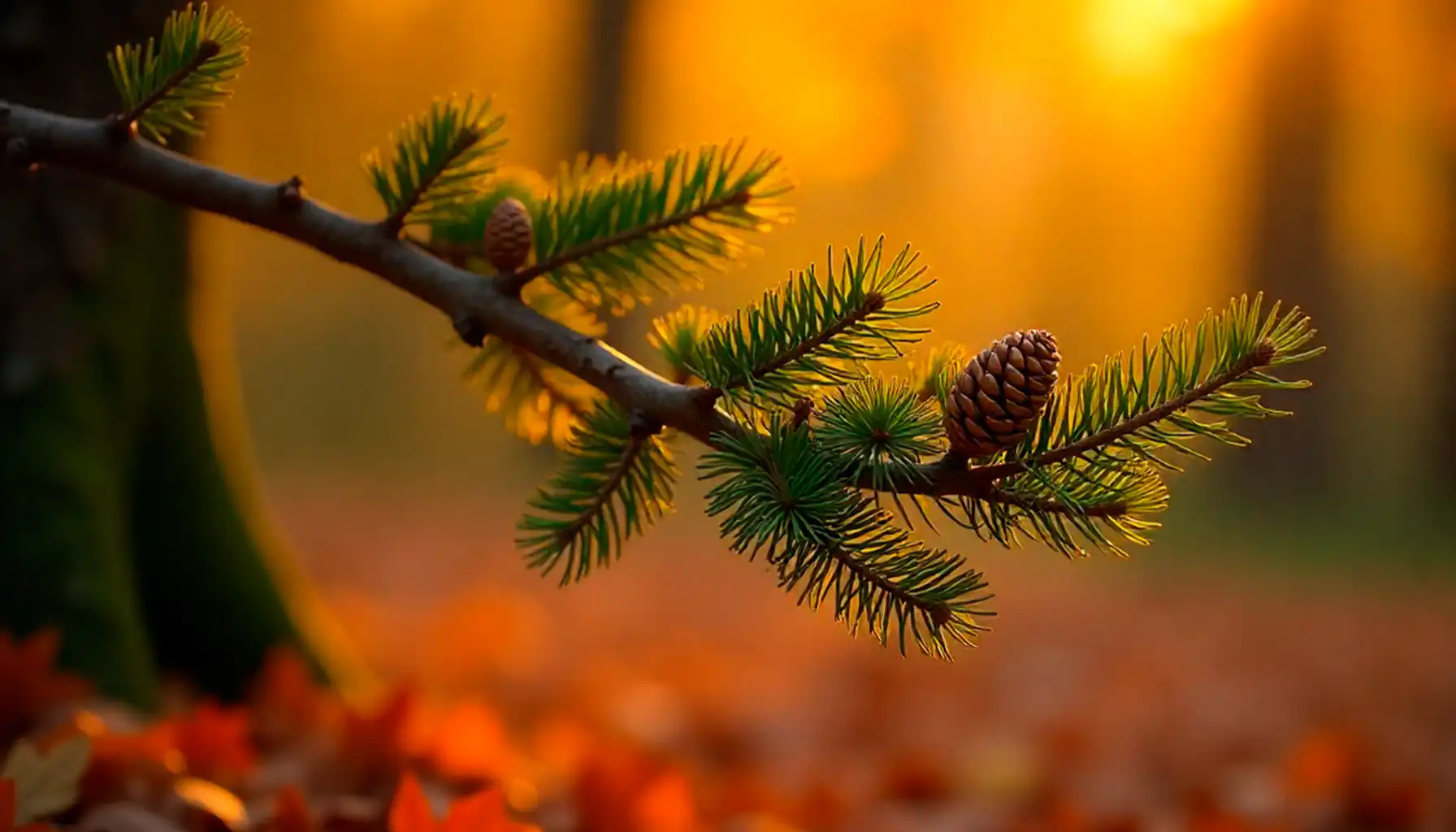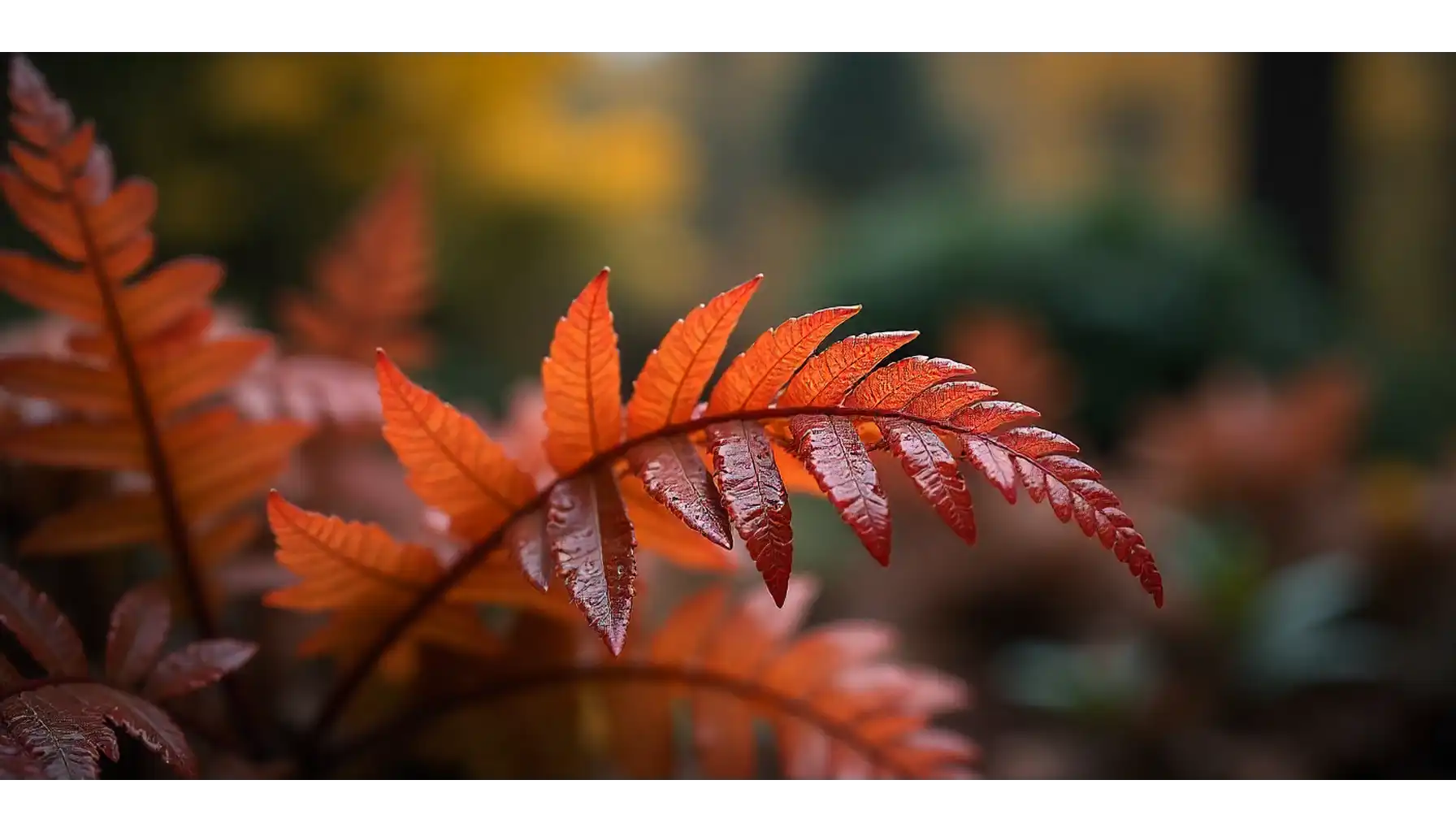"AI-powered" does not necessarily mean that something has been generated by artificial intelligence. No, in general, this indicates that AI was working behind the scenes to analyze patterns and make informed decisions correctly. These days, AI might be used to explore artifacts that should not be present on the market -- heritage grains.
Following the experience of other reputable resources, we are to explore the main types of ancient grains, learn how to identify a plant that has been cultivated long ago, and focus on how AI tools might be utilized to guide gardeners toward resilient, nutrient-rich crops. Let us see.
What Are Ancient Grains?
The taste of the wild ancient grains can take us back to the time when agriculture was young, soil was untouched, and crops evolved in their own rhythms. Long before the industrial boom, communities cultivated grains that were strongly connected to their local environments and would barely survive when brought to a different place.
Briefly speaking, ancient grains are cereal and pseudocereal crops that have remained relatively unmodified by modern breeding techniques. Unlike contemporary wheat or corn, which have been optimized for yield and mass production, ancient grains preserve their original traits, e.g., flavor complexity, nutritional density, and resilience to environmental stress.
Why They Still Matter
Climate resilience: Their adaptable nature (flexibility) makes them ideal when it comes to drought, heat, and poor soil.
Nutritional value: Higher in fiber, protein, and essential minerals than many modern grains.
Cultural relevance: Reviving these grains supports food heritage and farming traditions.
Biodiversity: These species offer genetic diversity that industrial monocultures lack.
The Role of AI in Rediscovering Super Grains
Before we proceed with the main types of these floral creations, it is worth noting why AI technologies may influence gardening, with those artificially unaffected organisms in particular. Well, in general, there are thousands of samples of heritage grains kept in seed vaults and agricultural archives, but the good part of them is still undefined. AI makes this manual work and accelerates the process as efficiently as possible. Here is how:
Pattern Recognition: Machine learning models analyze genetic data to identify unique traits, like drought tolerance, nutritional content, and pest resistance.
Soil & Climate Matching: AI tools cross-reference environmental data (temperature, rainfall, pH, etc.) with seed profiles to predict which grains will thrive in specific regions.
Historical Mapping: Natural language processing (NLP) algorithms scan old farming records, ethnobotanical texts, and research papers to trace the use and migration of ancient power grains.
Predictive Breeding Models: AI simulations forecast the outcomes of cross-breeding for optimal performance.
Related article: Regulations of Soil: How Does pH Level Affect Plant Growth
Although one may still consider these non-relevant and barely connected, AI does facilitate agriculture these days. Ancient floral creations carry genetic traits that modern plants may lack, e.g., resilience, adaptability, and low-input growth. With AI, it becomes possible to get:
Faster recovery of viable seed lines from archives
Smarter planting decisions based on local data
Enhanced biodiversity through meticulously designed crop rotation
A closing gap between traditional agricultural knowledge and innovation
Top Seasonal Ancient Grains to Grow
To identify which garden inhabitants are the most efficient, pleasing to the eye, and beneficial in general, one is encouraged to rely on the tools that do employ AI technologies but are still developed by botanists to ensure scientific accuracy, ecological awareness, and aesthetic harmony.
AI Plant Finder is a decent choice that introduces comprehensive data about climate data, soil profiles, behavioral patterns, care needs, and even more to identify and select ancient grains that suit your garden’s unique conditions. Now, we are glad to offer a few floral options for your garden, which were carefully analyzed by our app. Technologies at their best!
Spring Planting
Spring is the season of renewal; a new start for grains that tolerate cooler soils and early growth conditions, too. Gradually warming temperatures and longer daylight hours may be taken as an advantage after the dormant days of winter, in particular. Here are the ancient grains granola types to incorporate in spring.
Grain | Ideal Zones | Features | Insights | Harvest Time |
Einkorn | 5–8 | Cold-hardy, nutrient-rich | Prefers well-drained soils | Mid to late summer |
Teff | 7–10 | Fast-growing, gluten-free | Likes sandy soils, warm temps | ~90 days after sowing |
Millet | 6–9 | Drought-tolerant, quick-growing | Suited for compact spaces | 60–75 days |
Summer Planting
What are the 7 ancient grains? Here comes the summer, the most loving and vivid season, which is perfect for heat-loving organic ancient grains of different sorts. They do thrive under the intense sun and can withstand drought conditions with grace.
Grain | Ideal Zones | Features | Insights | Harvest Time |
Sorghum | 6–10 | Drought-resistant, heat-tolerant | Prefers full sun, dry soils | Late summer to fall |
Amaranth | 5–10 | High-protein, edible leaves | Thrives in nutrient-poor soils | Late summer |
Fall or Late Summer Planting
Unfortunately for us, gardeners, fall planting is frequently neglected, though it also bears certain advantages. There exist plants that enhance soil health and crop rotation, often showing improved yields when planted late in the growing season. So, here is a quick list of ancient grains to be paid attention to.
Grain | Ideal Zones | Features | Insights | Harvest Time |
Spelt | 5–8 | Cold-hardy, good for overwintering | Performs well in compacted soils | Late spring/early summer (next year) |
Barley | 4–7 | Fast-growing, cool-season | Prefers alkaline soils | Early summer |
Emmer | 5–8 | Fiber-rich, adaptable | Benefits from legume intercropping | Late spring/early summer (next year) |
How to Use AI to Plan Your Garden
Planning a garden can be a complex experience. We know the pain when it is time to select crops and arrange the garden according to their needs. Fortunately, AI-powered tools can simplify this process and make your experience less overwhelming than ever.
Analyze Your Local Environment
AI tools use data from weather stations, soil surveys, and satellite imagery to build a detailed profile of your garden’s microclimate and soil characteristics. This may include:
Soil pH and nutrient content
Average temperature ranges
Rainfall and irrigation patterns
Sunlight exposure and shade
Select Suitable Ancient Grains
Once your environment is mapped, apps like AI Plant Finder might help you select ancient grains according to your garden’s unique features. Employ a manual search to explore the world of flora and forecast how crops will perform under future climate scenarios.
Plan Crop Rotations and Companions
Sustainable gardening thrives on biodiversity. AI tools can recommend crop rotations and companion plants to improve soil fertility, deter pests, and enhance pollination and biodiversity.
Related article: Companions on the Way: What Grows Well with Strawberries?
Monitor and Adjust in Real-Time
Use your smartphone to keep track of the garden and monitor plant health, soil moisture, and pest control treatment in real-time. Adjust watering, apply organic treatments, or introduce beneficial insects precisely when needed – everything with the right tools by your side.
Keep up with what is happening in the industry. Grow old seeds in new ways and let your garden be the storage of the past for the potential of the future.
Related AI Plant Finder Posts
